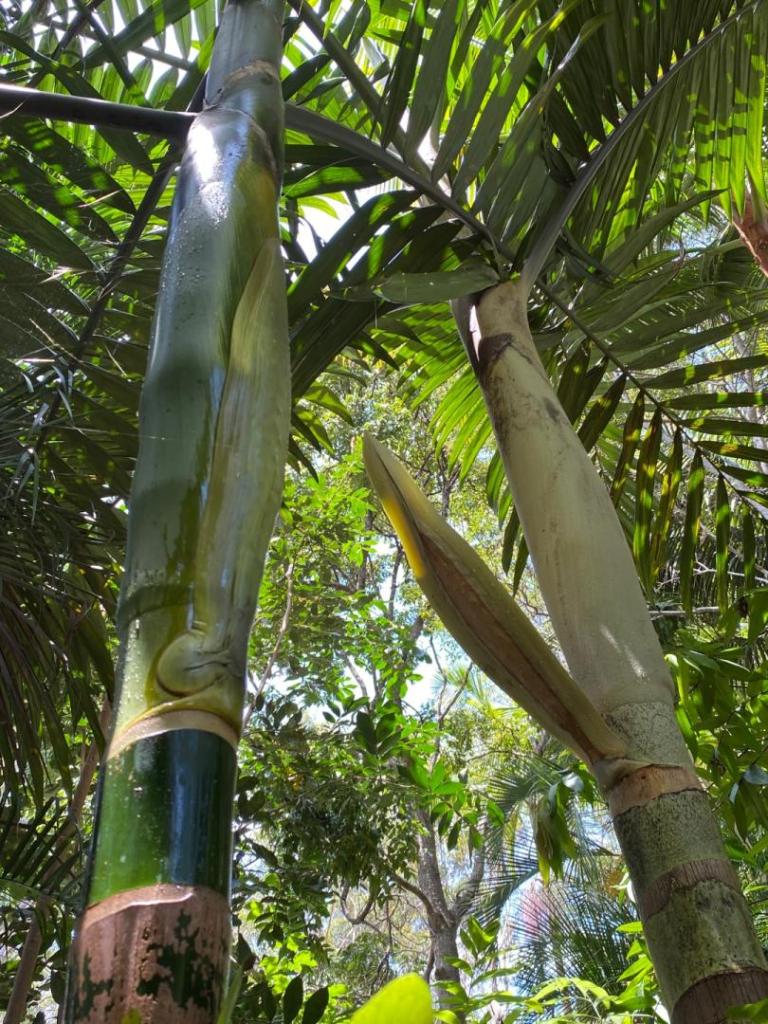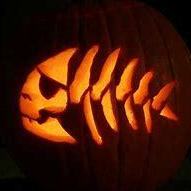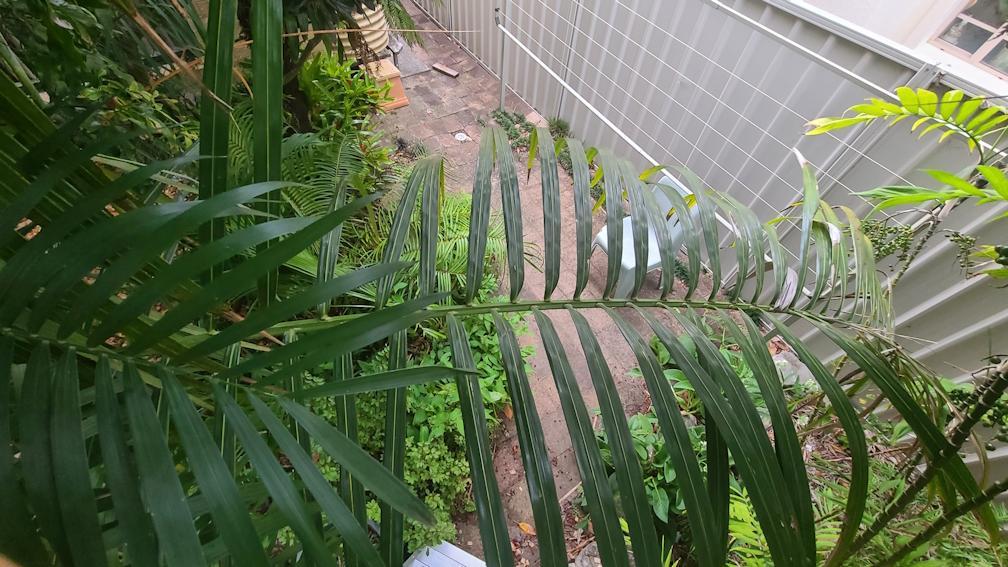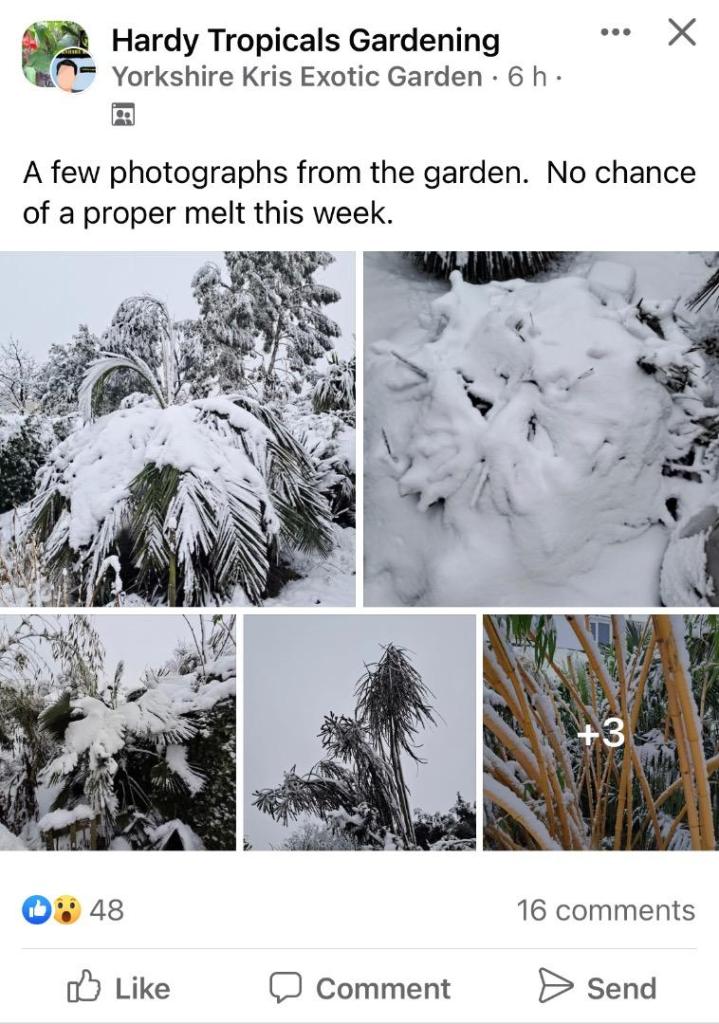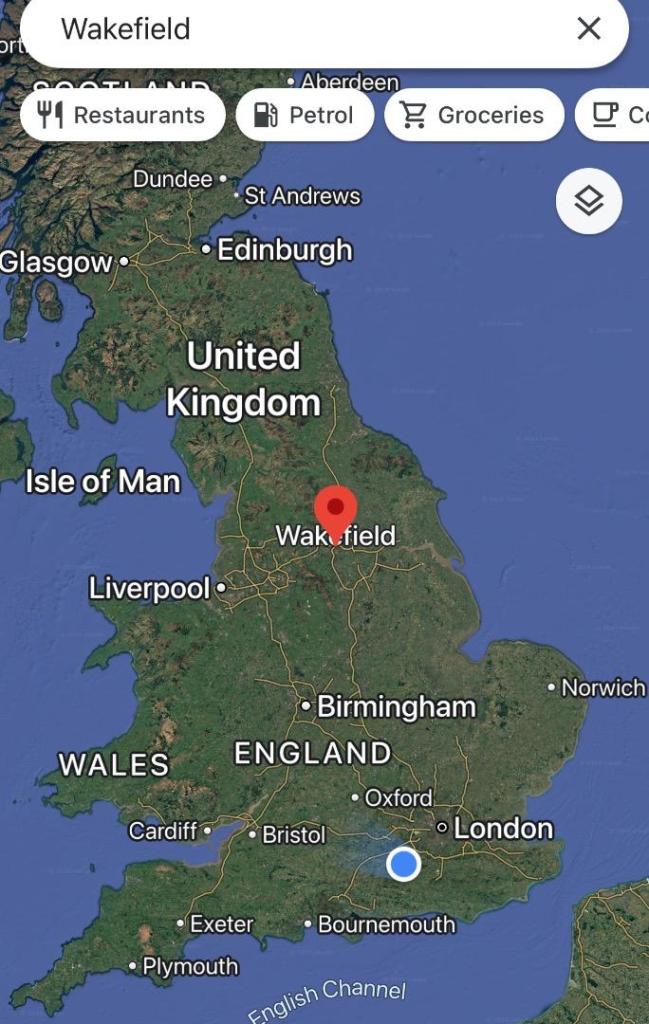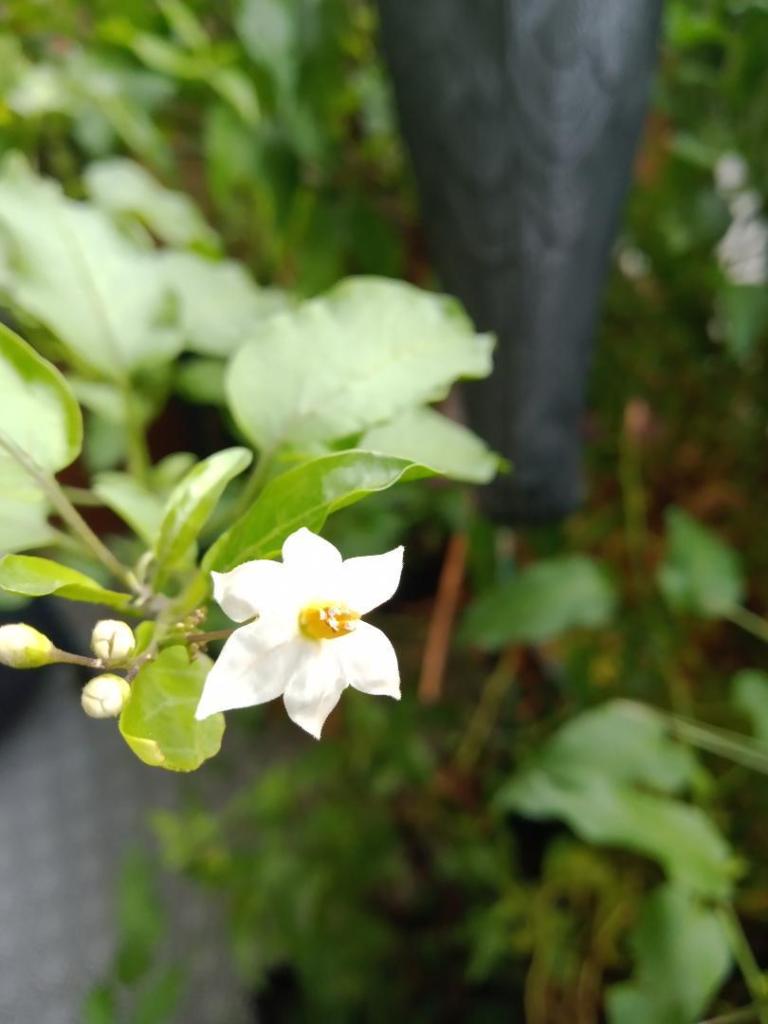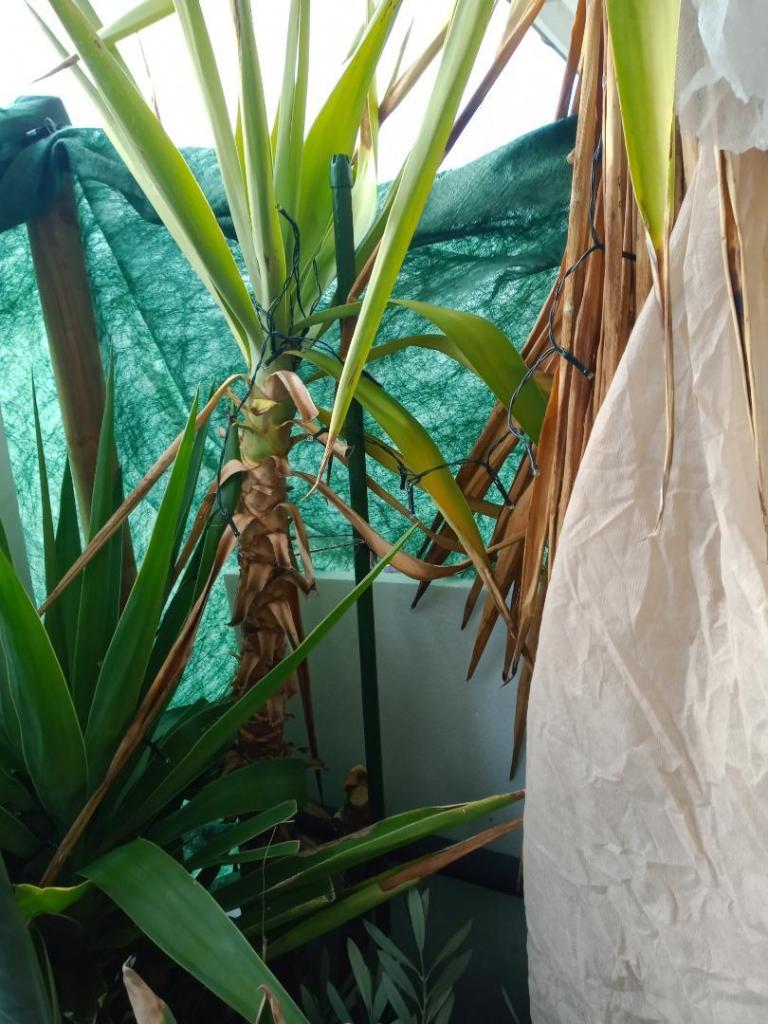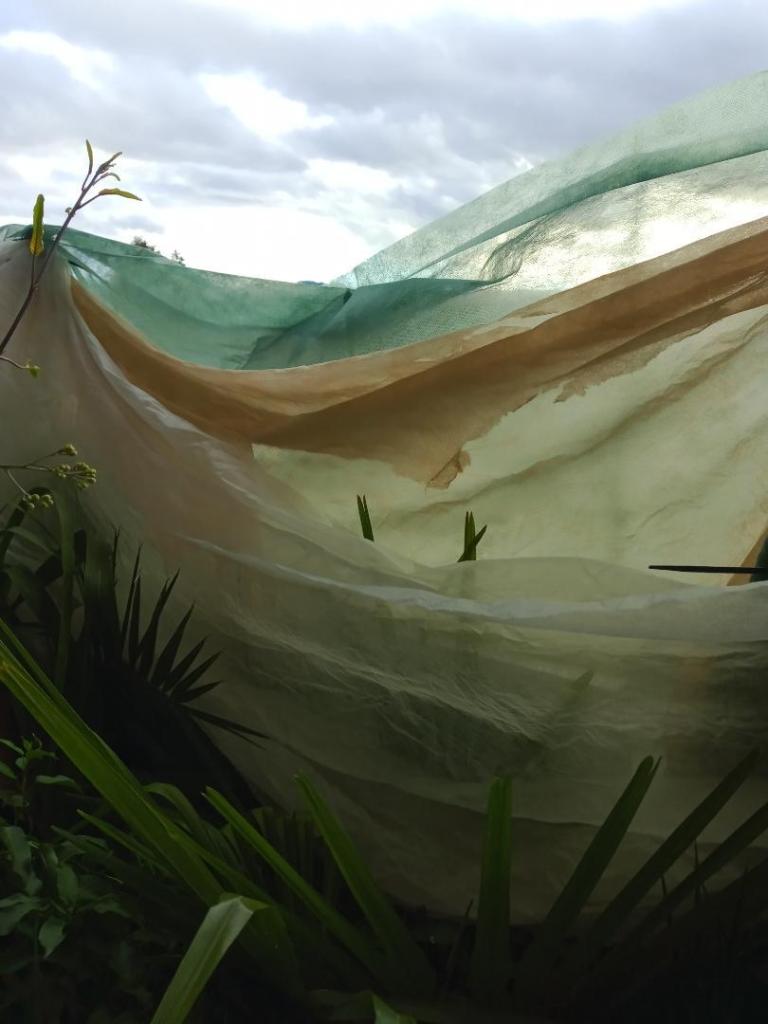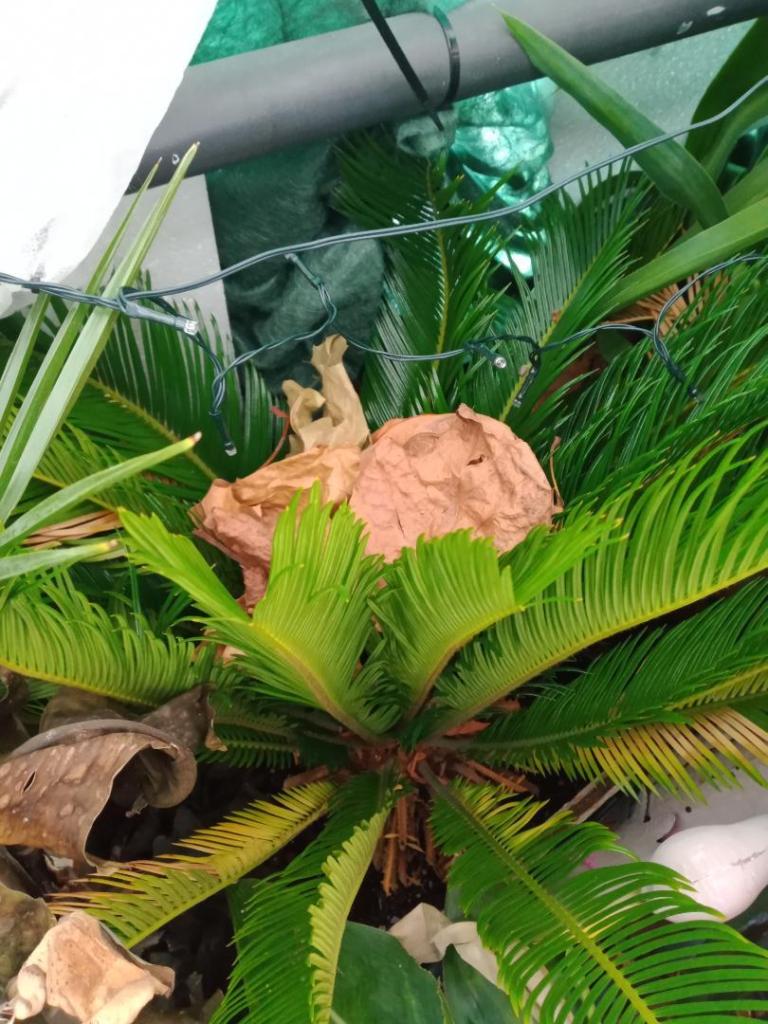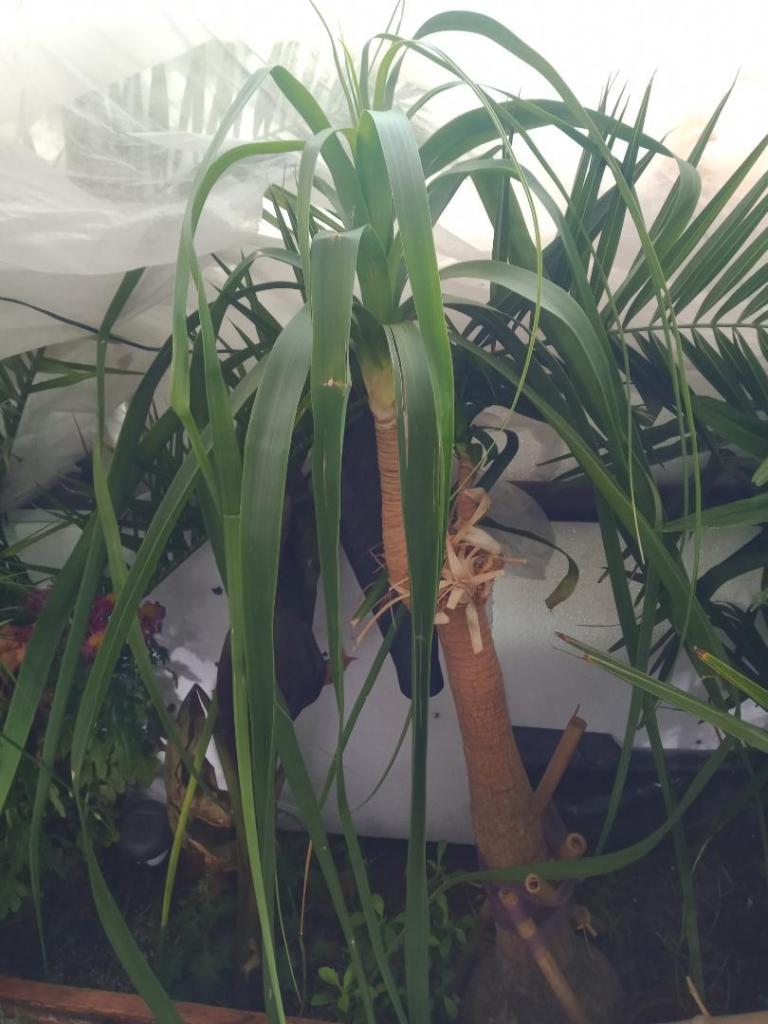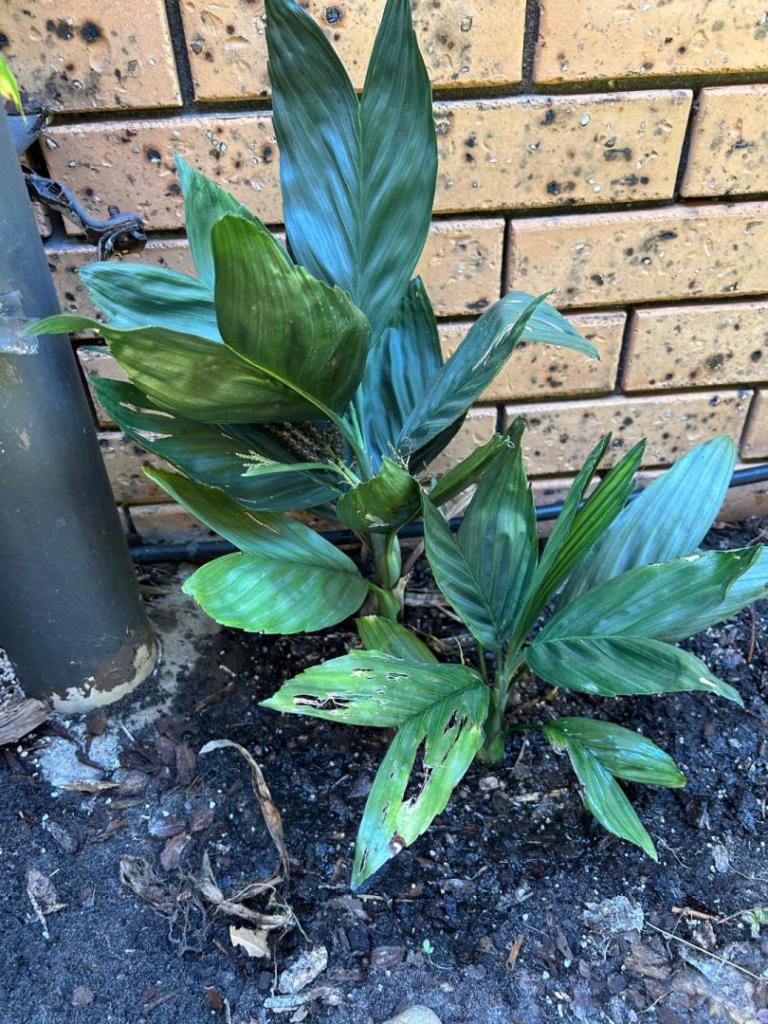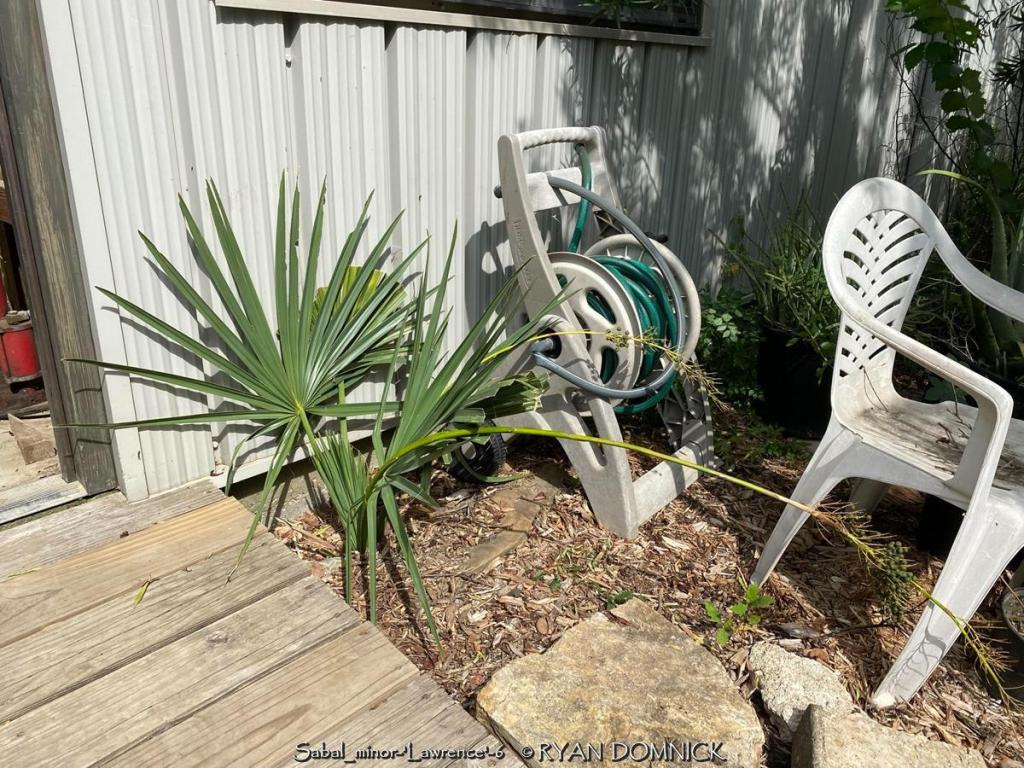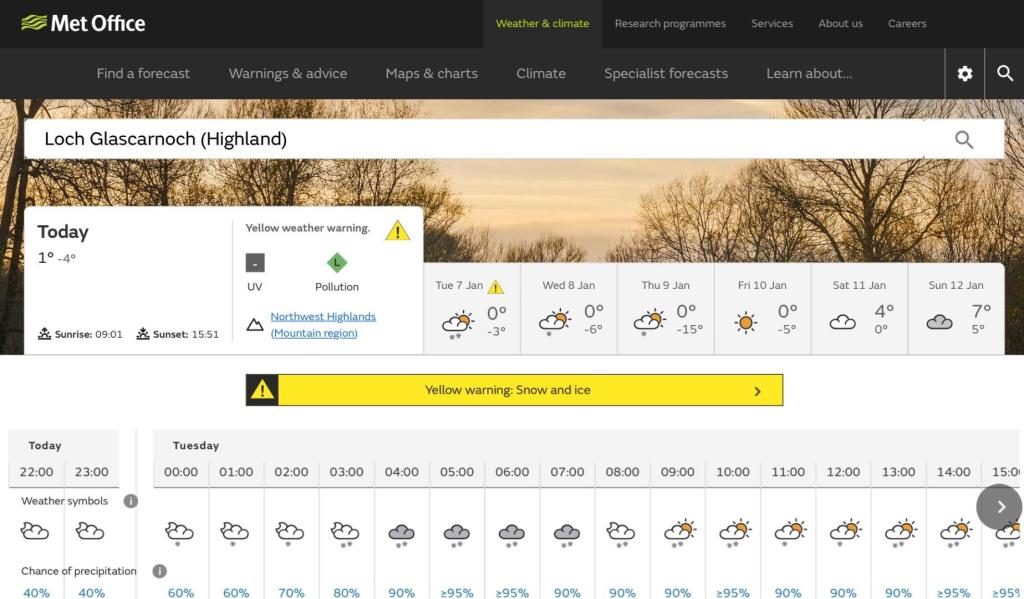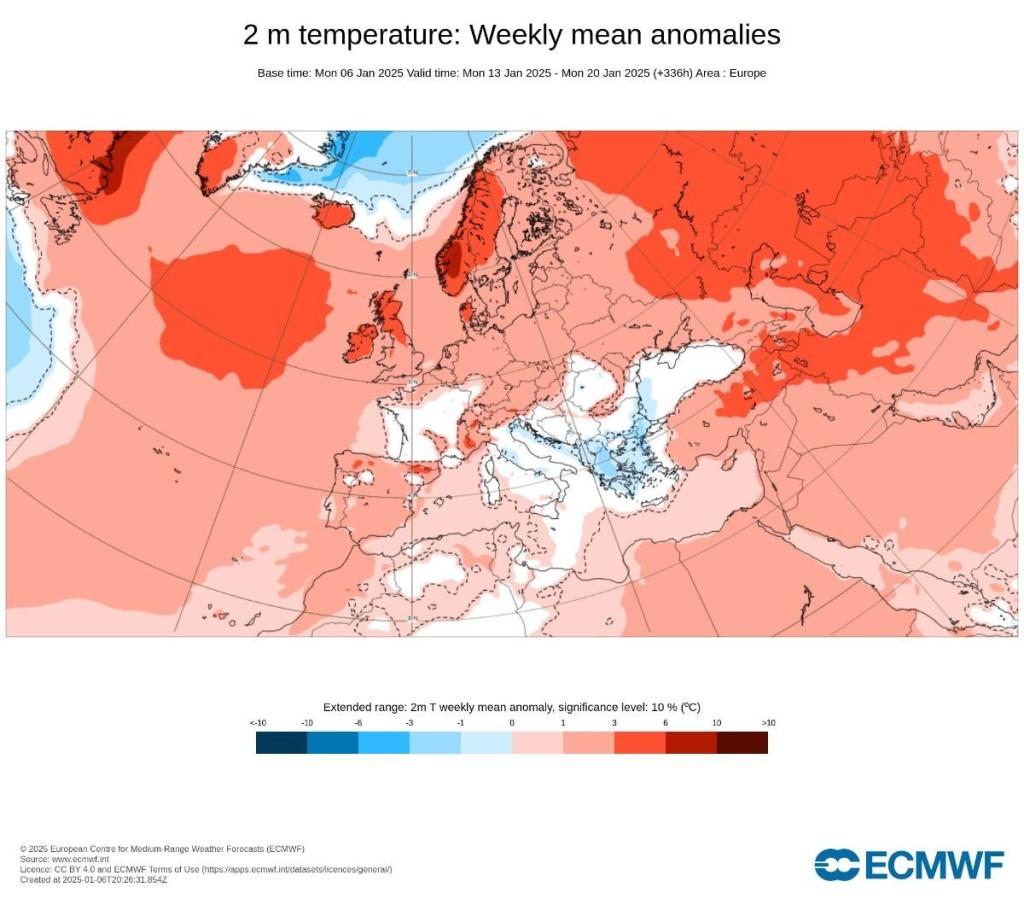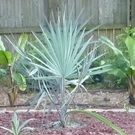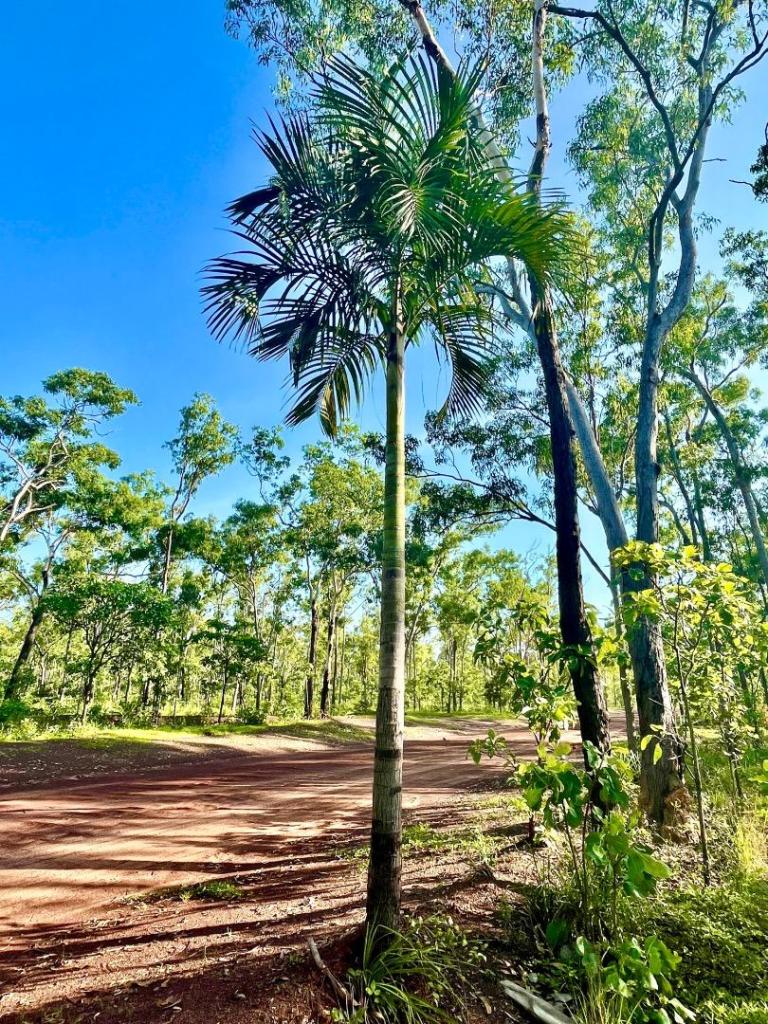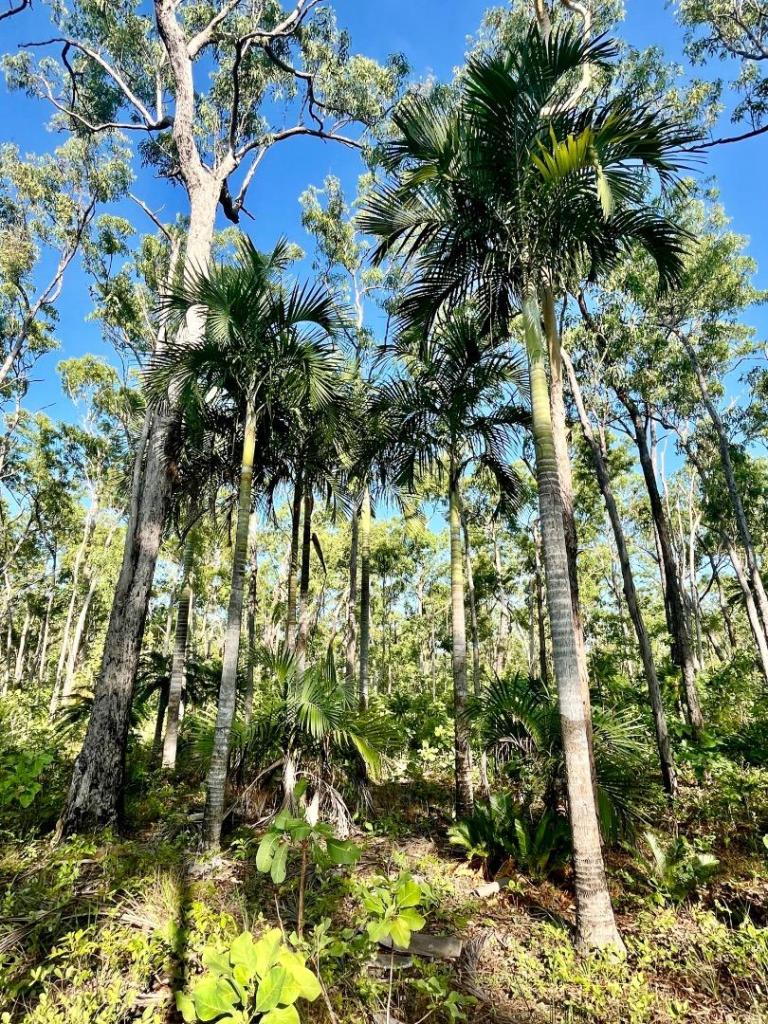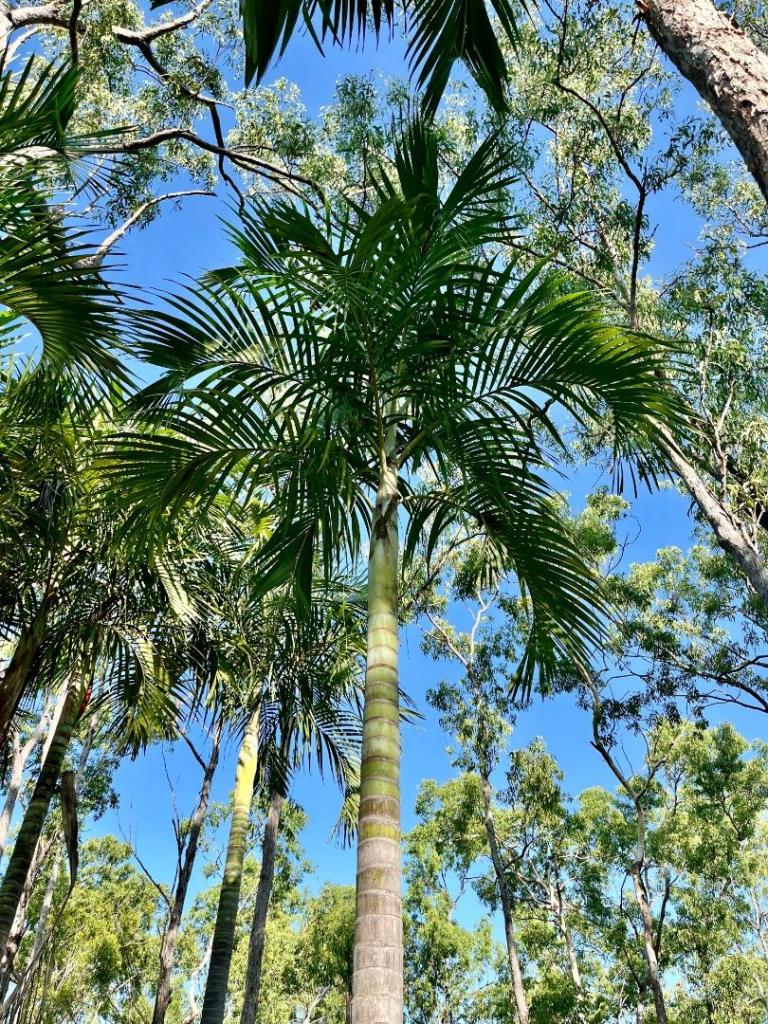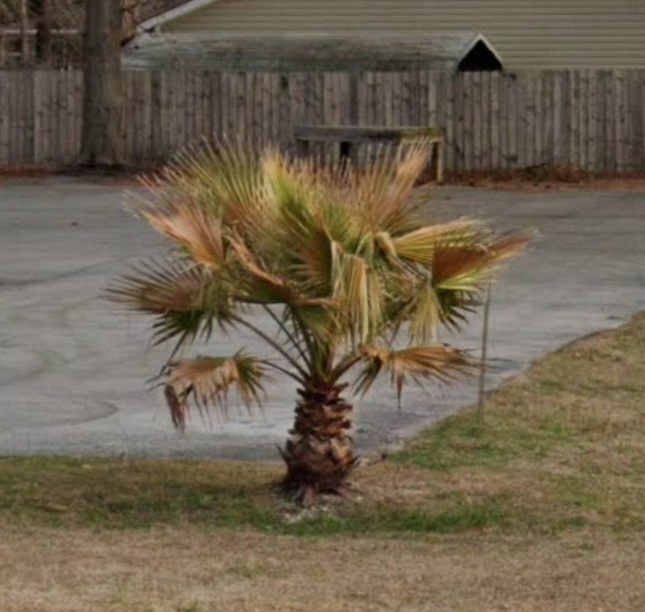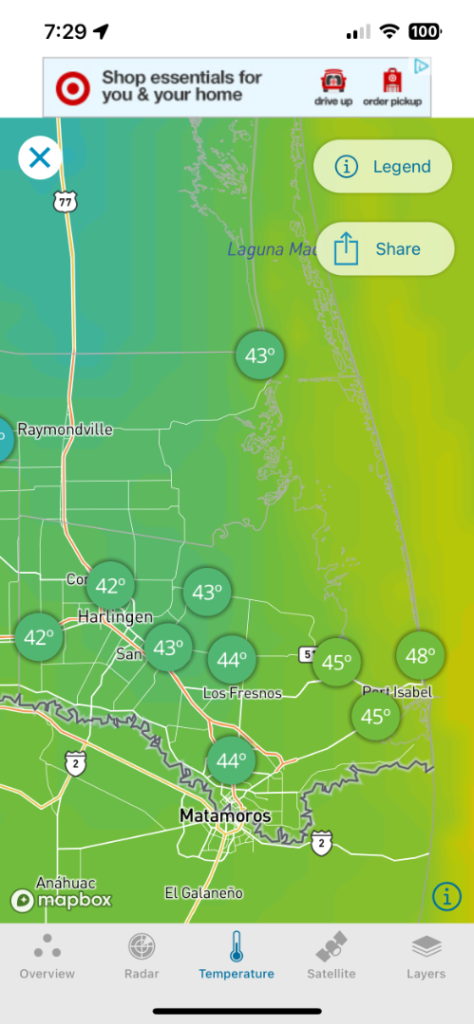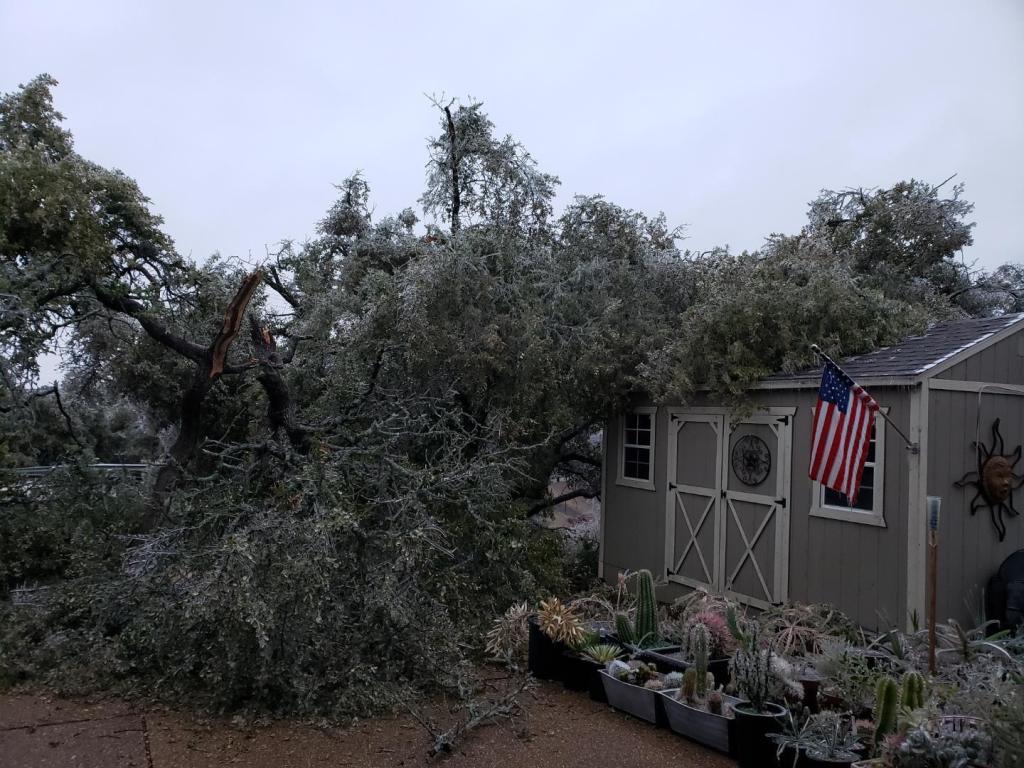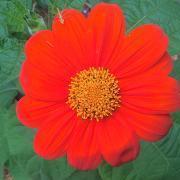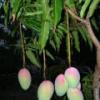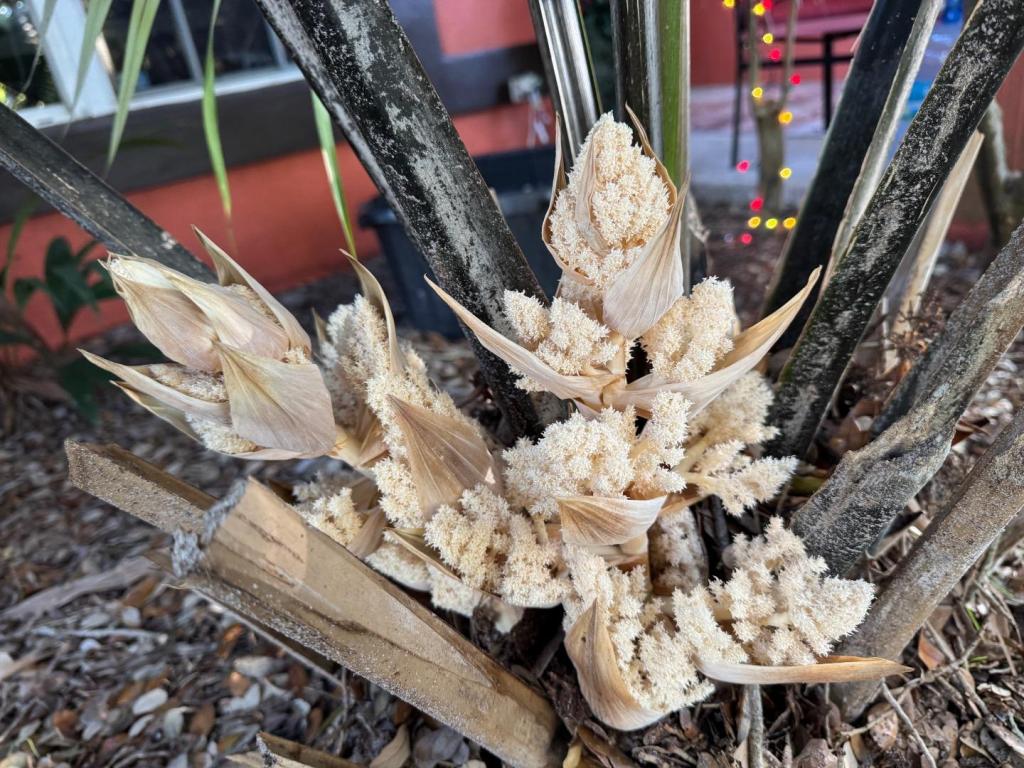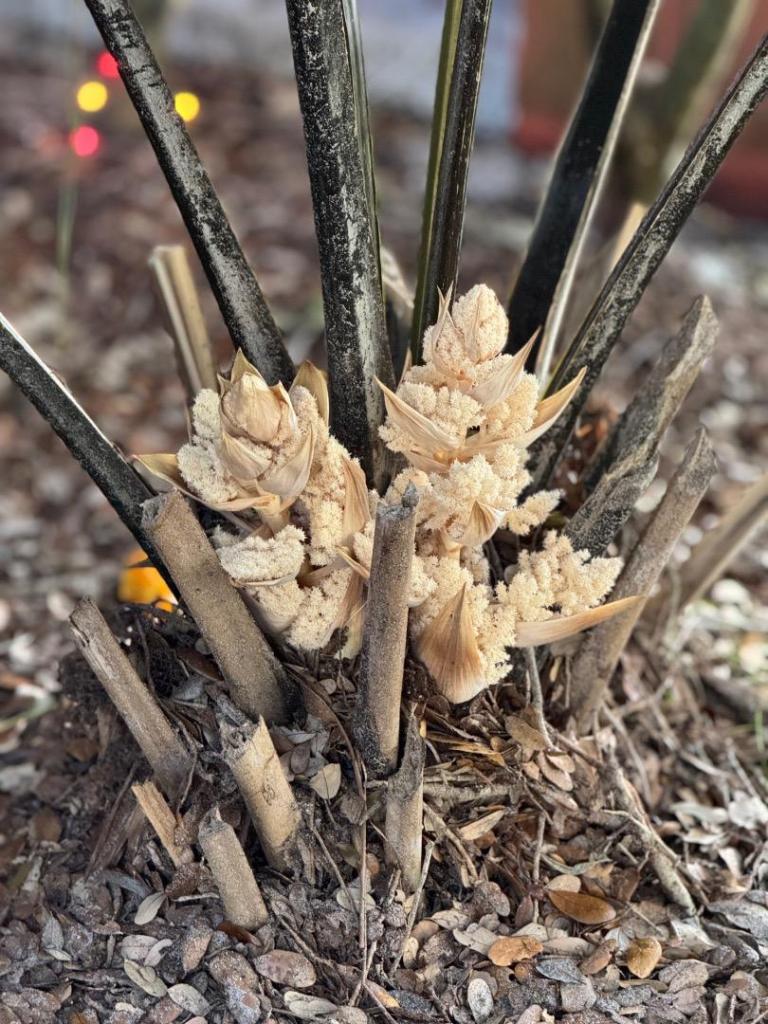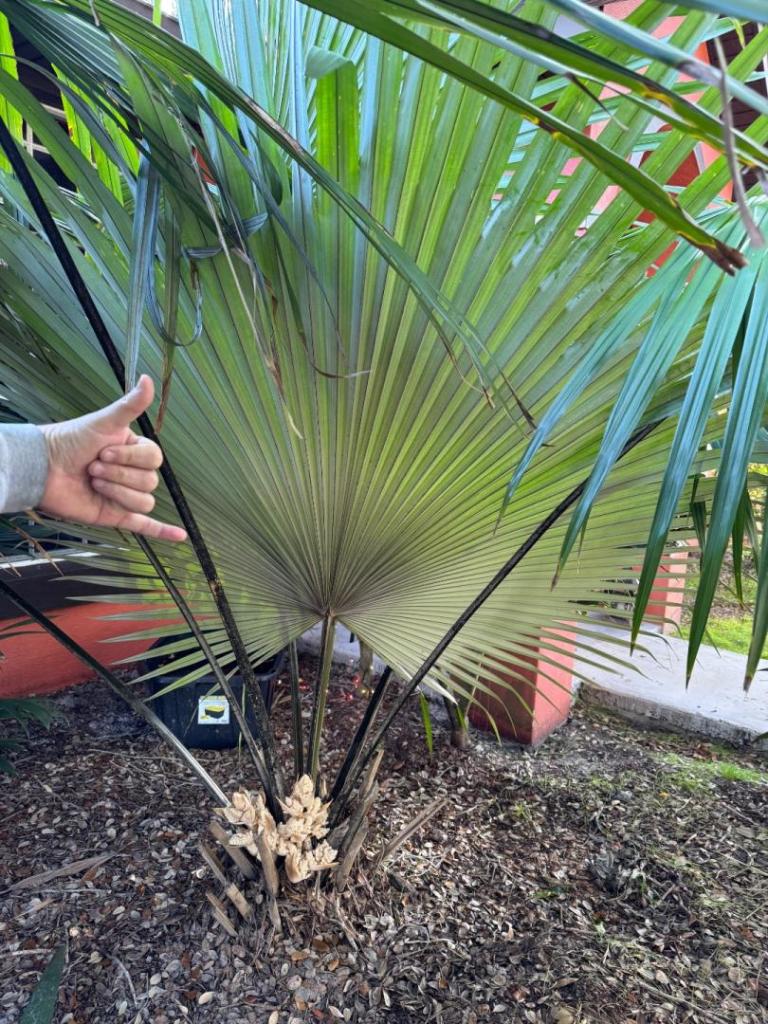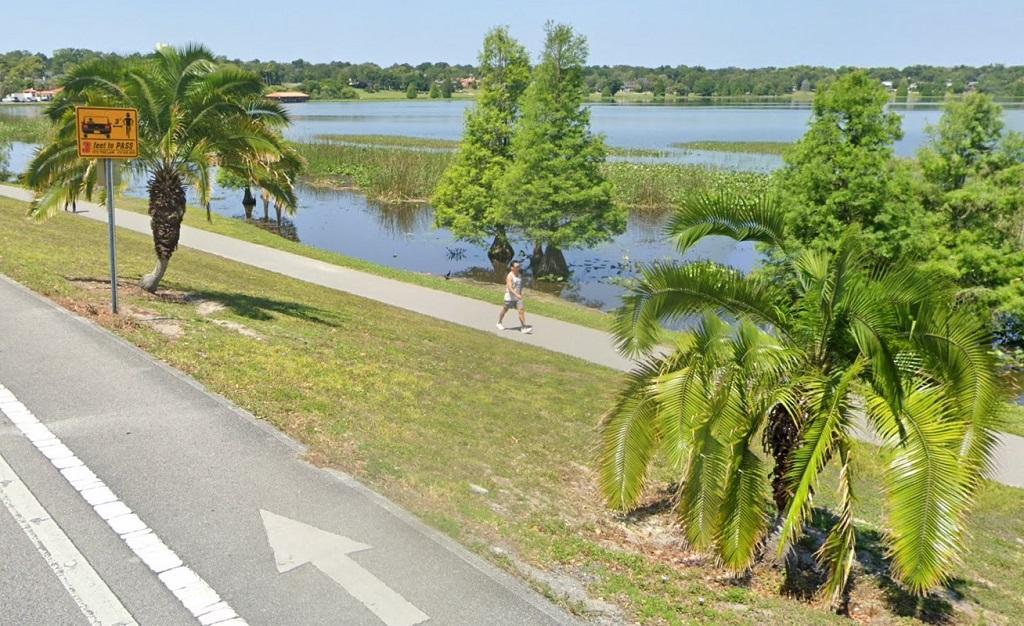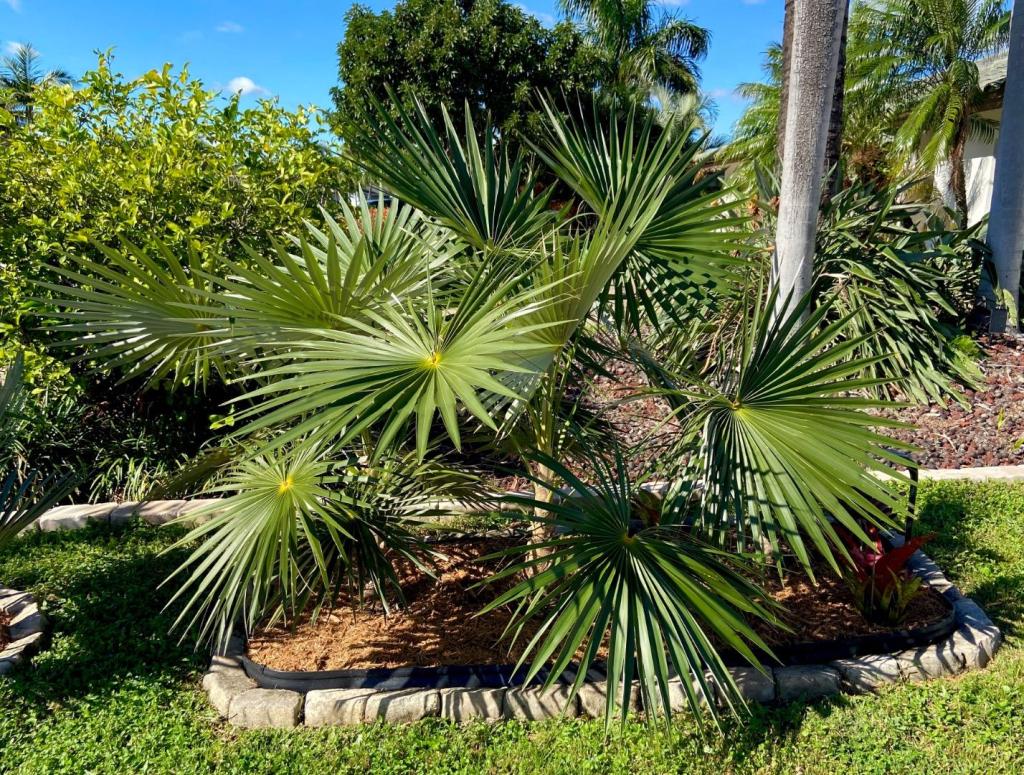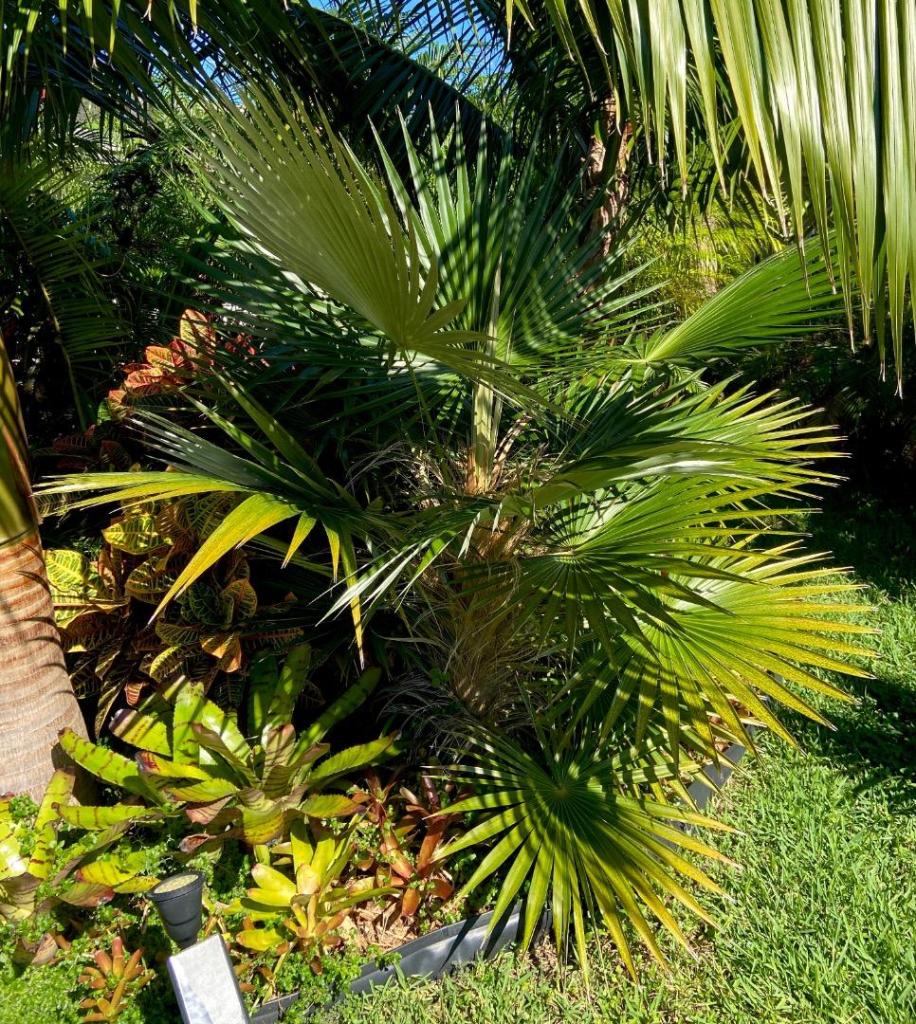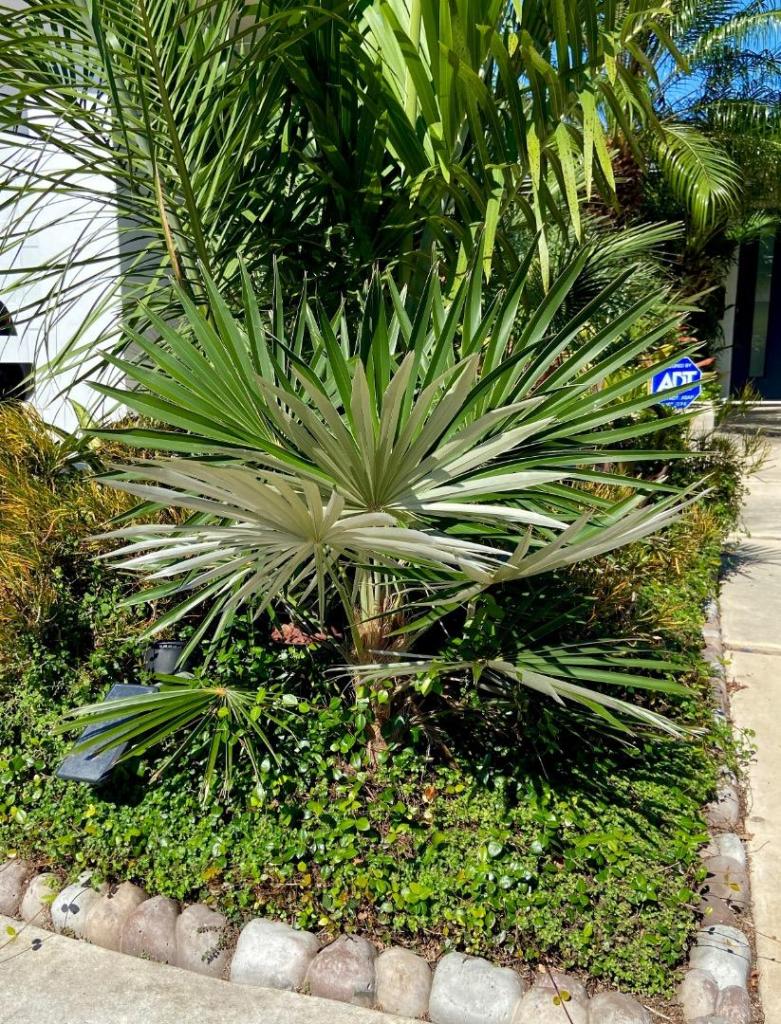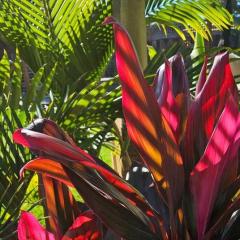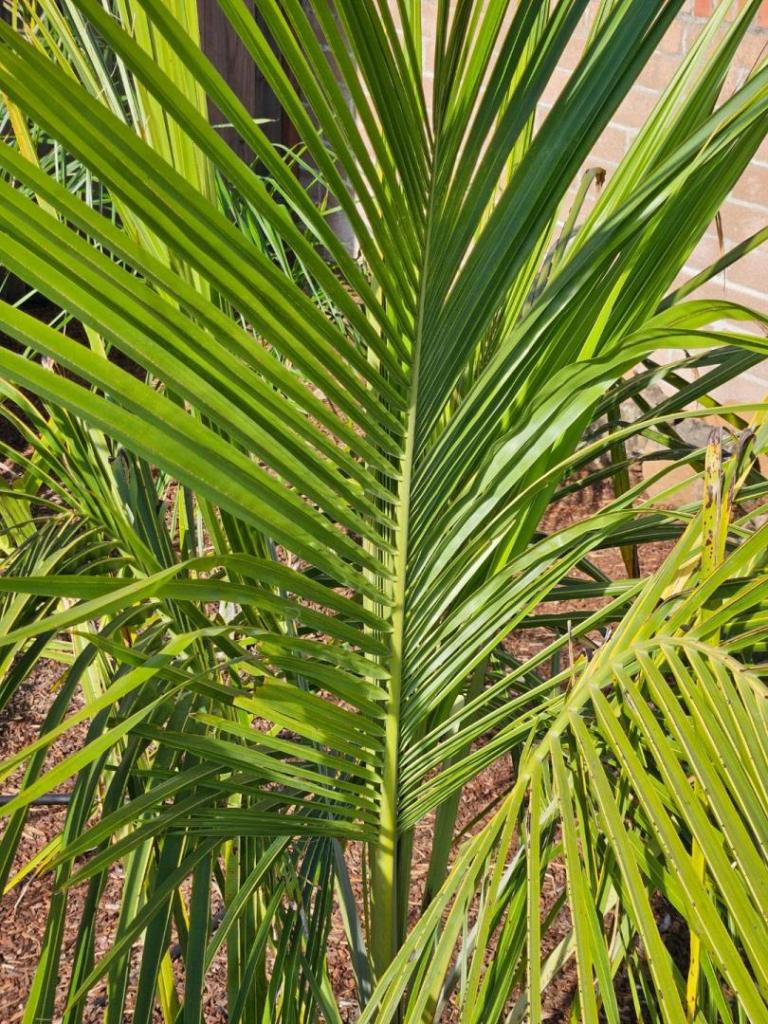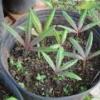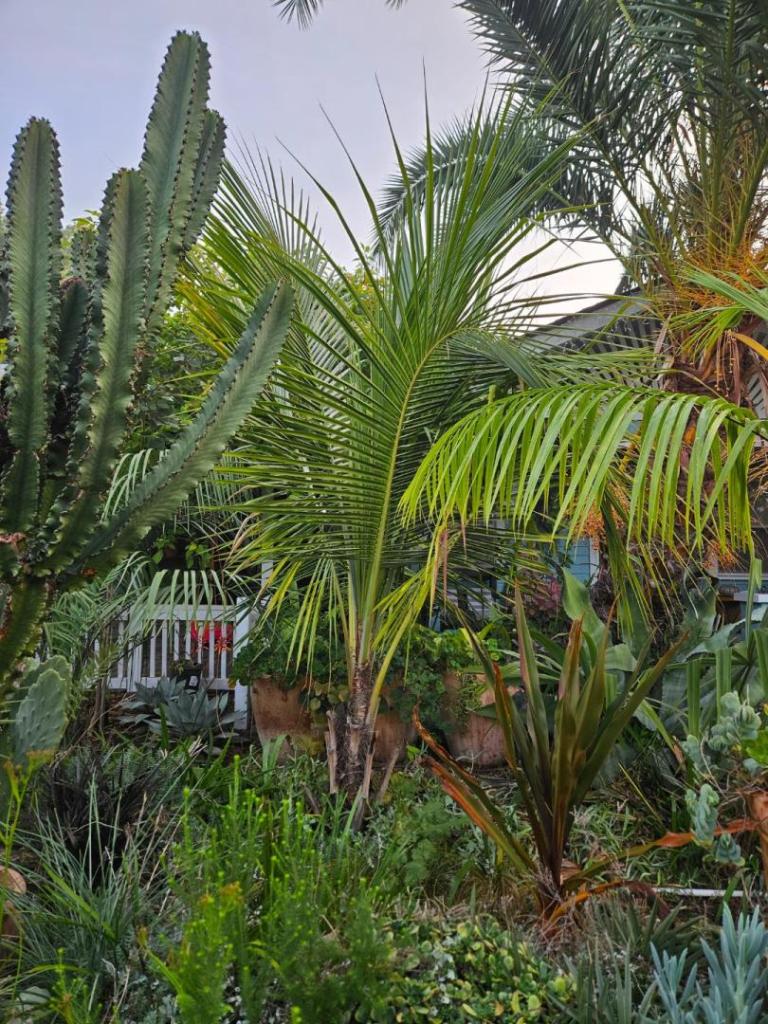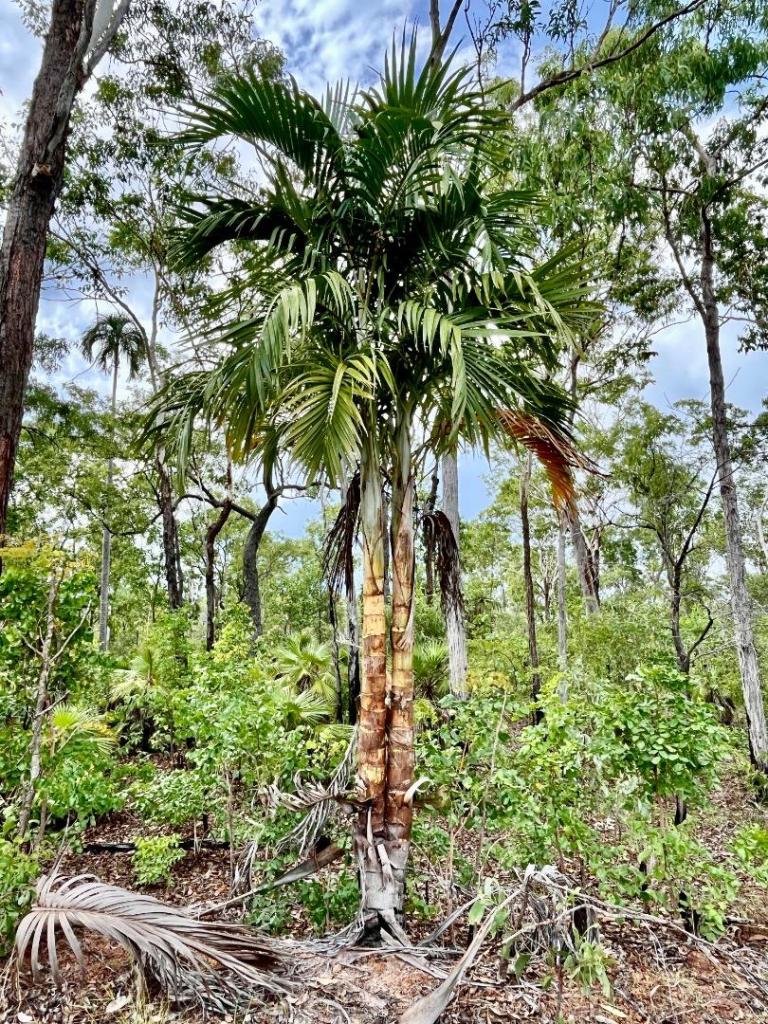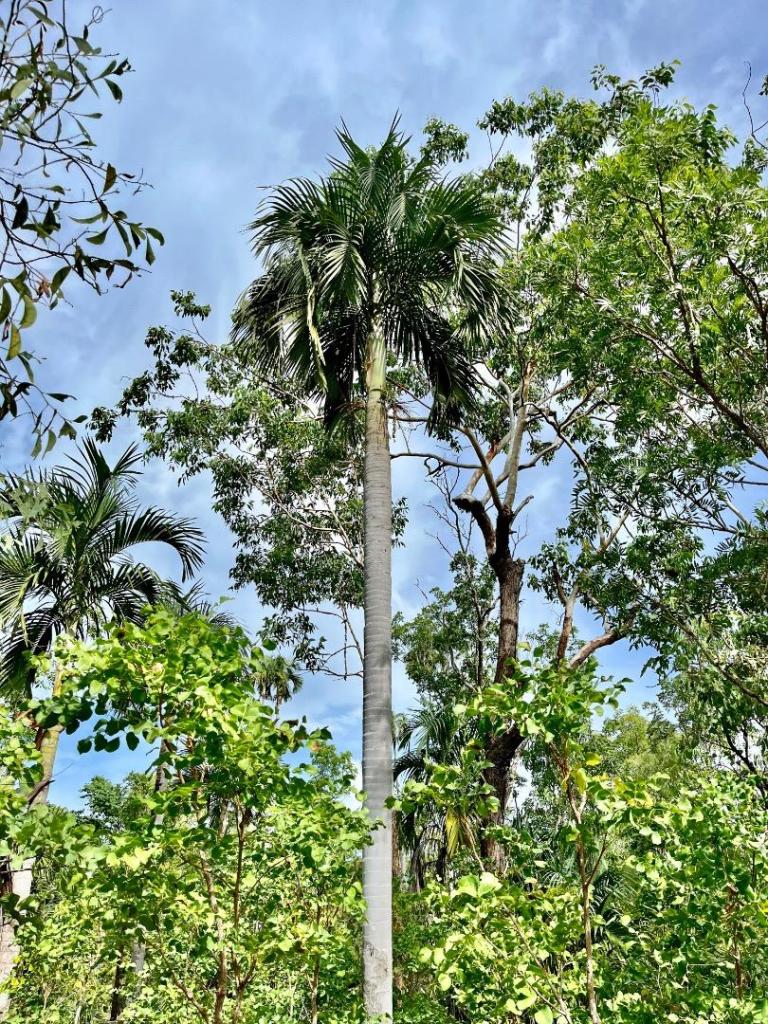Leaderboard
Popular Content
Showing content with the highest reputation on 01/07/2025 in all areas
-
Had a bit of luck pollinating a Metallica and adscendens. The adscendens are easy and have been pollinating them for quite a few years now with great success with close to 1500 seeds this season. A couple of months ago I had my chamaedoreas flowering so I keeped a close eye on the male metallicas I have in my garden. Last season I had a small bit of luck with my Metallica’s but hadn’t cracked the technique. But this season I got it right by observing the male flowers daily. Touching the them with an artist brush until I noticed some pollen one time. Not knowing (you can tell by the colour but had to act as the male pollen was fresh) if the female flowers were ready I pollinated them all in my garden daily until the pollen source was finished. Now a couple of months later I have some good seeds being produced. So i finally cracked the technique required for pollination of metallicas. It only took me three seasons but I worked it out obviously it’s not rocket science but through daily observation I worked it out.7 points
-
Entering this conversation late.... I anm the one who discovered the original plant (not in the wild of course) but growing on the south side of a building in Lawrence, KS. (see first pic) I can say from personal experience they survive much further north than their native range. In zone 6a they grow very slow...barely replacing freeze-damaged leaves each year but on a south side of a building they will eventually get big enough to set seed. And that is the real treat...possibly even more cold hardy genetics. We have been experimenting with these over the last 15 years and Plant Delights Nursery sold some of our seedlings a few years ago as Sabal minor 'Lawrence'. These have unknown genetics but hardy enough to survive as low as -18F with no mulch on a south side of a building. Last year in Jan 2024, it even survived an extremely cold spell with a daytime high of -1F...that's offer 48 hours of temperatures under 0F with hard ground freeze. Update 2025....still very much alive and thriving. We have several for sale here you look up Kansas Plant Farm. I have also seen a large seed-bearing specimen of sabal minor (unknown genetics) in Stillwater OK at the OSU Botanical Gardens. Hope this helps!6 points
-
5 points
-
5 points
-
I finally got everything in around 2 am. Maybe it was overkill, but I didn't want to chance it. Tonight it's supposed to get down to 25F again. Most of these palms I've grown from seed starting around 2007 or 2008. They've been with me in Illinois, Ohio, and Wyoming. They've exploded in growth since I've moved to Texas.5 points
-
4 points
-
4 points
-
No offense taken, it's simply a discussion. I totally understand that the Weather forecasters are going to take the wrath if they miss, and definitely not a career I would want to take on. But in this instance we were talking about temps at freezing, not the 19F we saw last year. 19F for this climate is hazardous, but 32F low ( a couple hours) and 50F and sunny in the day is not what I would classify as "Dangerous". It is within the norms of winter weather here. I understand there are people who don't pay attention to the weather, but I just don't appreciate the inflammatory language. "Tonight will be the coldest night of the winter, with lows around freezing. Be sure to dress appropriately for cold weather." That's along the lines of what I want to hear.4 points
-
So far our ultimate low was 30f on the NE of San Antonio but some rain is in the forecast for Thursday. So far we're having a mild winter. Hopefully it stays like this . No palms and plants are covered and everything looks like nothing happened .4 points
-
Got a couple of Chambeyronia growing next to each both flowering at the same time. It’s the first time the macrocarpa has flowered the hookeri has flowered twice but with no seeds set yet. It’s the first will be interesting to see if I get any seeds set this season I would be confident in a cross pollination if I do get seeds ( not really a fan of hybrids) either way it will e a long wait to find out if I have created a hybrid.4 points
-
Just a small update on my 'Laffa'. I don't know if I would call it a dwarf, it is now 17.5 ft high. It is quite skinny at 10" around. The latest leaves are 9' long, and long leaflets from 5' to mostly 3' odd long. There is no petiole to speak of with the leaflets starting at about 1" from the trunk. It looks nothing like John's pic above. Mine may be more leggy then usual since it is very crowded and growing right through another tree and palms and fern. Very hard to photograph. Showing one of the long skinny leaves. The Laffa leaf is the one with the prominent midrib heading right.4 points
-
It’s not looking good for that Yorkshire Kris guy. He’s in northern England at 53.4N and quite far inland. Some of you would be familiar with him from YouTube. His CIDP is probably too big to protect now really. This is a northerly arctic blast type event, which is most common. It affects Scotland and northern England much worse with more prolonged cold and much lower temps. The south of England doesn’t really get hit that bad. The proper cold air doesn’t really get far enough into southern England and we tap into milder incursions / interludes between each wave. Whereas northern regions can be stuck with it for weeks with little if any respite, especially in mid-winter. This is the current situation. The northern arctic air flow that is coming across right now is moderated by having to cross so much open sea and doesn’t deliver a punch outside of northern areas of the UK. Even in northern areas the air mass isn’t usually that potent. But northern areas are stuck with it for much longer with shorter days as well and they enter a prolonged freeze event. What I fear is the easterly based ‘Beast from the East’ events that come across the continent from Siberia and the Finish/Russian arctic areas of Europe. That air is freezing and penetrates deep into Western Europe with very low minimums. It comes across the English Channel and North Sea and affects southern and central England worse than northern regions. Northwest Scotland is fairly well protected in those kind of events. That is what happened in January 1987 and February 2018. Fortunately the Easterly continental blasts are quite rare. As in once or twice a decade events for me here. But they do the most damage by far for us in southern England. It would look something like this. This is a hypothetical scenario below that has appeared on modelling (won’t happen).4 points
-
Everyone! ALERT!!!!!!! ALERT! We ARE getting historic snowfall here of 2-4" Friday!!! I rented this snowblower so I won't be stuck!!3 points
-
I don't even think I went below freezing last night. Banana and Cannas have varying degrees of browning. Hibiscus look great and Heliconia have some spotting on only some of the leaves.3 points
-
my protection on the balconey,but to be honest Sabine's part is also big, but yes, there are a lot of exotics, many of them from the compost, and we got them and many as gifts, jasmine plants of various kinds, flowers, palm trees of course.... . But it's all about protection with layers of fleece, sagex, old leaves etc.3 points
-
3 points
-
That's the Salt Arm Road and leads to the Salt Arm Boat Ramp, a popular well developed boat ramp used throughout the year. From the Gunn Point Rd (which is sealed to just past the turn off) take the right hand turn towards Leader's Creek. That's a well maintained gravel road. A number of kms along there's the right hand turn to Salt Arm. The advantage of the wet season is you're not travelling through other peoples' dust. On the Salt Arm Rd the creek crossing (Leader's Creek) can sometimes flood, otherwise the culvert crossing is good. The side tracks off those roads are another story. They're only wet season trafficable where they follow stoney ridges, and that's only for very short distances. These are used by 4WD adventurers who are equipped with full recovery gear, with accompanying other 4WD vehicles. So whilst there's a lot of H ramsayi out there, you'd still see plenty within 100 metres of the Salt Arm Rd, minus the 4WD adventure.3 points
-
Great thread. With a Washingtonia planted spring 2024 in zone 8a, I’ve been very careful this winter. Anything below 25 degrees, I turn on the incandescent Christmas lights and zip up a large palm protection bag. Had cold temps and snow last night. The bag was too heavy and overwhelmed the bamboo support stakes. I came out to the below photo. Several fronds were bent at 90 degree angles but not broken—I hope they will be okay. For tonight I reinforced it with multiple bamboo stakes but might have to reconsider the soft bag. I like the idea of the “tent” on page 1 but that doesn’t look very warm.3 points
-
We have several for sale in Lawrence ,KS if you look up Kansas Plant Farm. I can say from personal experience they survive much further north than their native range. In zone 6a they grow very slow...barely replacing freeze damaged leaves each year but on a south side of a building they will eventually get big enough to set seed. And that is the real treat...possibly even more cold hardy genetics. We have been experimenting with these over the last 15 years and Plant Delights Nursery sold some of our seedlings a few years ago Sabal minor 'Lawrence'. These have unknown genetics but hardy enough to survive as low as -18F with no mulch on a south side of a building.3 points
-
Northern Scotland got hammered last night. The coldest night of winter so far in the UK with -13.3C / 8F at Loch Glascarnoch in the Highlands of northern Scotland. Compared to a minimum of just 11.4C / 53F for SJP in central London. That is a difference of 24.7C between the coldest and mildest locations. The cold weather is coming back with a vengeance however. It is seeping south as I type this. We have another 4-5 days of below average temps to come now with some more frosts. Nothing major down south, but further up north it looks very cold. -15C / 5F is expected in parts of northern and central Scotland by the end of the week. This is likely going to be the peak of winter in the coming days with the effects of La Niña kicking in by mid-month, which means milder, Atlantic driven air masses from the west into the UK. It will also mean milder for the eastern and central parts of the US. Of course there are no guarantee’s, but this usually happened during La Niña winters, which tend to be front loaded for cold, normally.3 points
-
3 points
-
3 points
-
3 points
-
2 points
-
2 points
-
That's a very Australian predicament: "crikey, the bloody cockies dropped a palm tree on the hills hoist"!2 points
-
Baffles on trees are used all over, especially in the tropics, to stop various climbing animals, they are just tailored to the specific species (Rats, coconut crabs, squirrels, iguanas) depending on the locale. My neighbors use them for iguanas. Most places it’s black rats. The iguanas are front heavy with short arms, they can’t reach over that while hanging from their back legs only. A squirrel would jump from the ground over it, and I’d bet a rat might leapfrog that one. Imagine having some fat dachshunds hanging out up in the tree pooping all over the sidewalk and on passersby all day. Iguanas are big and their high-fiber diet plan makes a mess, and they ravage plants. …or get “Iguana Shield” instead Businesses, hospitals, and homeowners pay big money to have these murdered by the bushel, but can never keep up. A dozen new babies appear around my house each spring, for every adult female.2 points
-
It briefly bottomed out at 24 here. 11 Hours below freezing last night. That cirrus deck stayed north of me and it didn't thicken in like I though it would. ... so it went down colder and longer a bit. I see no damages to the palms I didn't cover. This dry/cold air doesn't seem to be bothering them. I may cover them tomorrow if freezing precip looks closer to reality. Hi-res models are sticking with cold rain here now. I think that may hold up. The upper level low is holding back west more which should allow the surface to 850mb layer to warm up more and thicken. Surface temps during the precip event should be a degree or two above freezing where I am at. -Matt2 points
-
2 points
-
Yeah but it's literaly still in the low to mid 40s at noon. It's not warming up almost at all from this am also been cloudy. The colder it is now the colder it will be tonight. This reminds me of christmas 2 years ago 40s during the day 20s overnight2 points
-
2 points
-
2 points
-
Plant Delights Nursery just posted some for sale as part of their 2025 catalog. They’ll be strap leaf size though.2 points
-
But is it all going to dump down the following week at the absolute worst point in winter? 😭 Please winter be over 🤮2 points
-
I also live in a forest. That ice storm in 2023 event damaged my roof when one tree snapped and came down the side of the house. Here's a picture out the garage door and up the driveway the morning after ... spent a chunk of that day just trying to get out of he driveway. It took me a year to clean up all the mess right around the house. This past June I cleared out most of the dead branches that were left caught up in the crowns etc. There are still branches up there and they continue to fall out from time to time. Everything on the back acre of the property was left alone to come down, decay where ever it fell. -Matt2 points
-
The one in the picture flowered for the first time just last year, after 26 years in the ground. I think it was due to being under heavy shade and too close to eucalyptus. Receiving full sun was the key for starting to flower, in my opinion. The temperatures you mention are very similar to mine here, except for sea temperatures. Coldest here is 13,5⁰ in January and 22⁰ in August, that's why minimum temperatures here are pretty high for its latitude . It rains all year round. 150 litres in November and 56 in July. That's why your climate is more similar to that in southern Galicia. Transition to Mediterranean is called, I think. The mountain range is pretty close to the coast, only 20/30 km away in the south, that's why we have Föehn effect any time southern winds blow. Then, temperatures easily reach 20⁰ in winter (with high minimum temperatures too) and 40⁰ in summer. Which is very unusual, luckily. Some places on the slopes of these mountains can reach 2.400 litres of rain a year. Mountains peak from 1.400 mts to 2.600 mts high. Very little snow on the coast and, if it does, it lasts for a very short time. Last time it snowed here was back in 2018, and it only lasted for 4 hours, it melted right away. Forests here are mainly eucalyptus globulus, and pine trees ( pinus radiata) up to 500 mts a s l. Beeches, oaks, birches, etc. at upper altitude. Good luck with your Syagrus.2 points
-
Looks like Dallas and North Texas are about to get a decent winter storm. 2-6” of snow possible2 points
-
Only 27F last night, but tonight will be a lot colder. My garage is full of plants, my foyer is full plants and my 110ft2 tent greenhouse is full of plants. I think I might have too many palms and cycads.2 points
-
Poncirus trifoliata is what they use for rootstock because its so hardy. I grew Poncirus in Ontario, Canada. The fruit is terrible and not even worth using as a seasoning. Its a primitive citrus. Most people grow the "Flying Dragon" variant because its such an interesting looking plant. There are many other Hardy types of citrus, but most are used for seasoning and not for fresh eating. Yuzu is probably the most common.2 points
-
2 points
-
2 points
-
2 points
-
Yeah, they grow big pretty quick here! This one is my only Fenestralis, planted from a big 3g in April 2023. It's done well so far with a couple of upper 30s frosts, but hasn't really been tested...yet... It's more lime green in full sun here, where Alfredii is always deep green in sun or shade. I planted it too close to the walkway on the right, but that just means I'll have to aggressively prune it back for clearance.2 points
-
2 points
-
Depending on the resource, people still might go back and forth about Barbadensis and Alta being the same, or very slightly different. All I know, is that ID’ing coccothrinax will drive you nuts! And the further away you get from Cuba and The Islands, the more mixed up and jumbled things get with all the hybrids sold as purebreds out there. Palmpedia is a great resource, but every entry under coccothrinax has erroneous IDs/photos mixed in. Probability wise, droopy fronted older randoms are usually heavy on the barbadensis/alta genes, and the very stiff older cardboard ones usually are miriguama descendants. For the rarer ones, knowing your parent source has a direct line to Cuba is the best bet. These guys hybridize like crazy. And some of the hybrids are quite handsome. I always preferred the stiffer varieties, and liked Thrinax radiata as a smaller, droopy pinnate palm better than the droopier coccos. But, we all have different tastes. Here’s just random photos of 5 different varieties in the yard, for fun…..2 points
-
2 points
-
Beautiful palms, thanks for posting. They look perfect in their wild setting - no dead fronds hanging down or other things to detract from their appearance.2 points
-
2 points
-
2 points
-
2 points









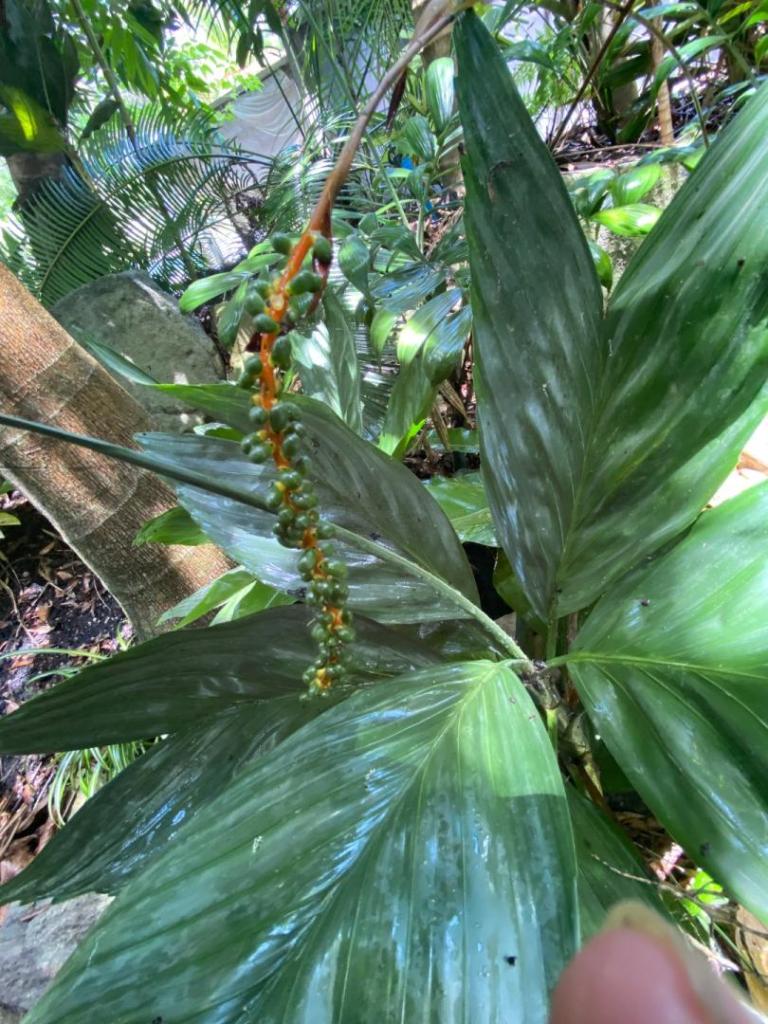




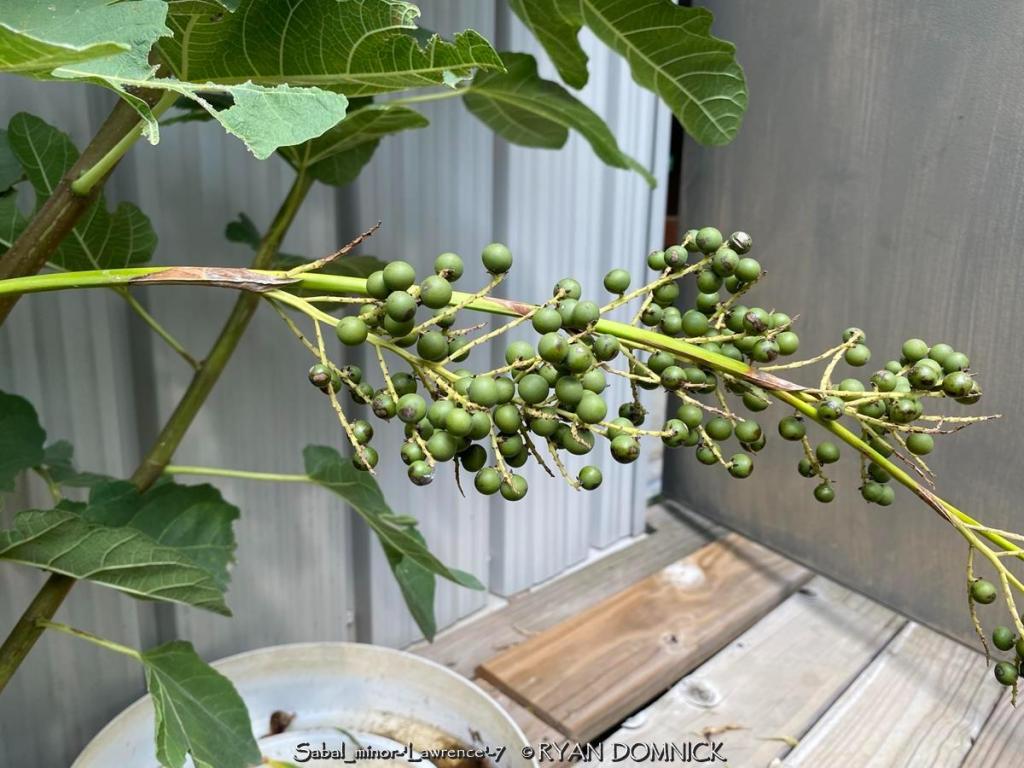



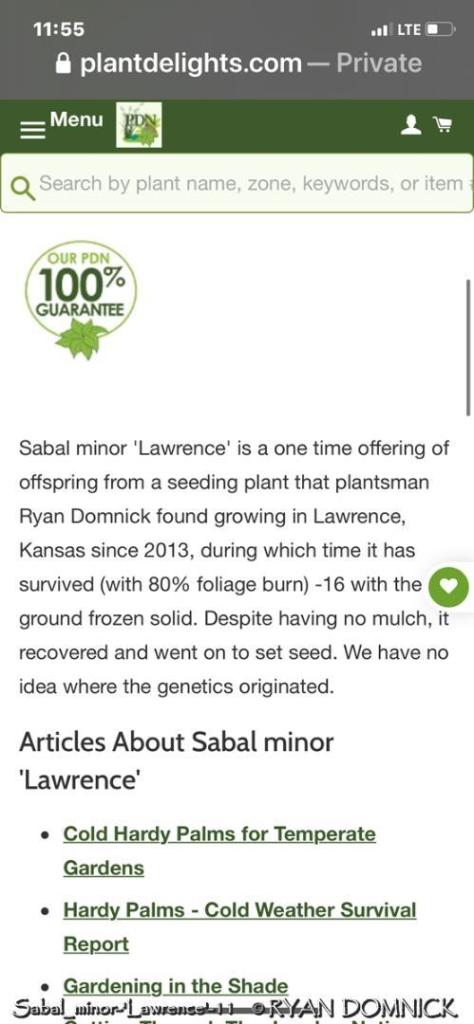

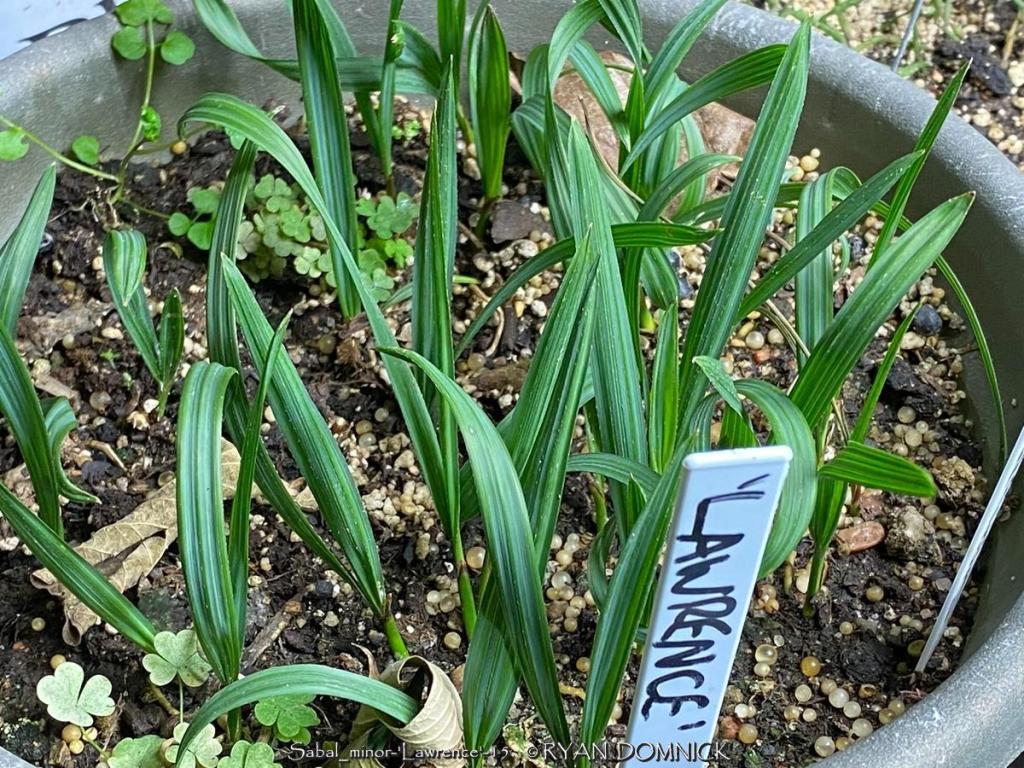


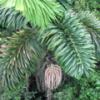



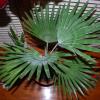


.thumb.jpg.d1f978c089ac0998ac084d445d5c0665.jpg)
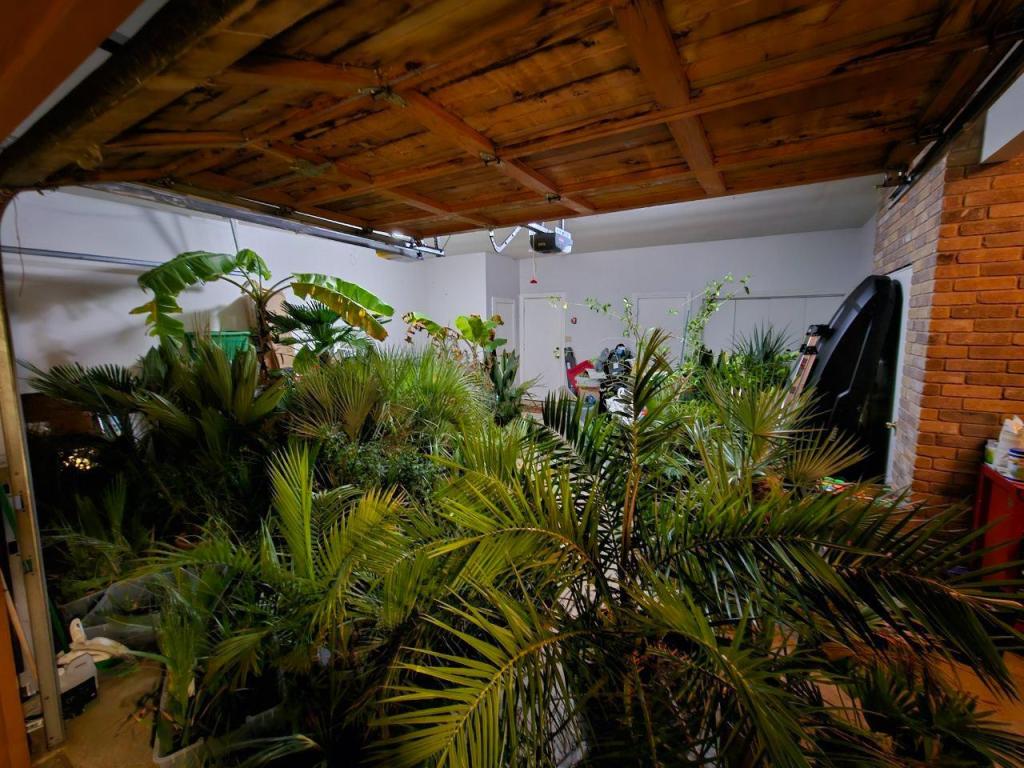



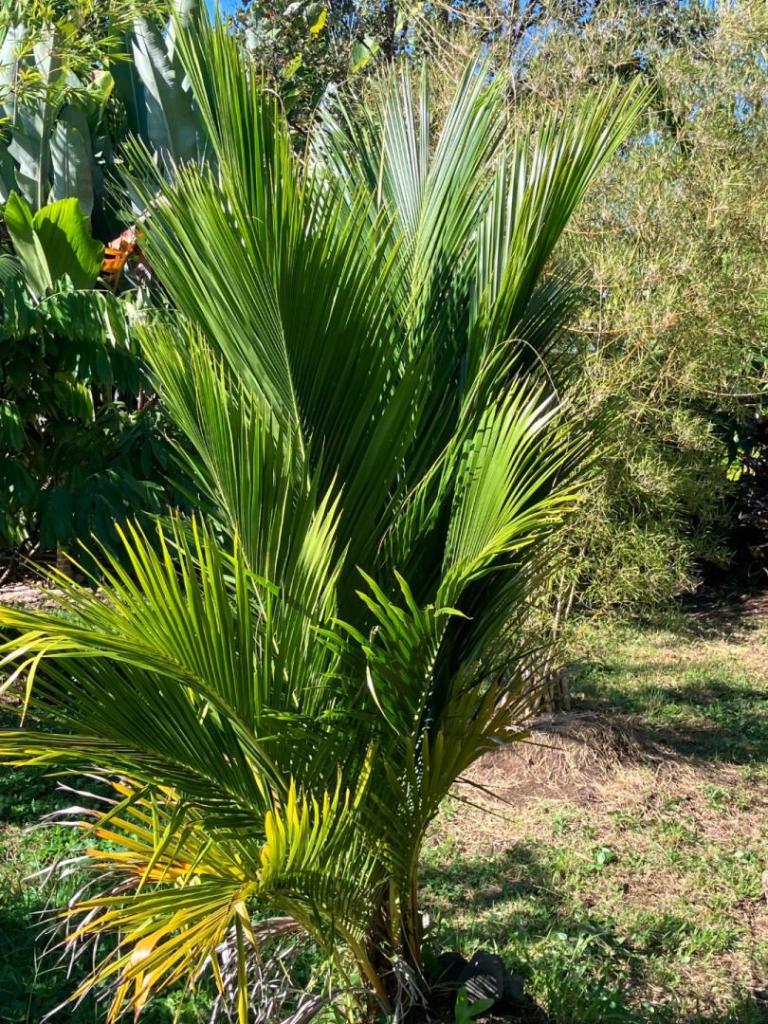
.thumb.jpg.304b32ca4398a111edf4ac525048111e.jpg)
